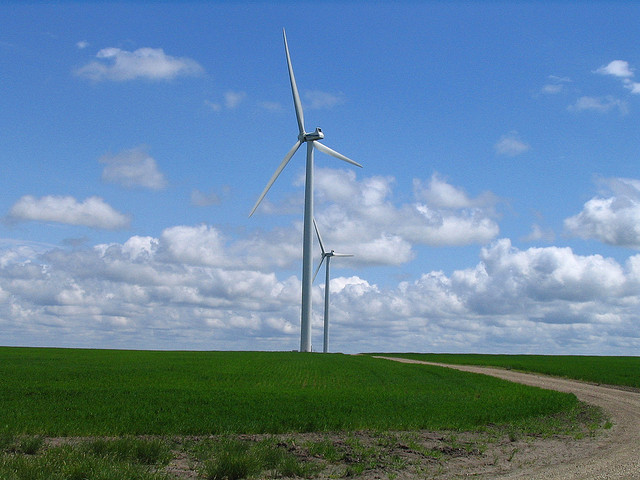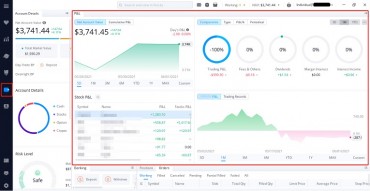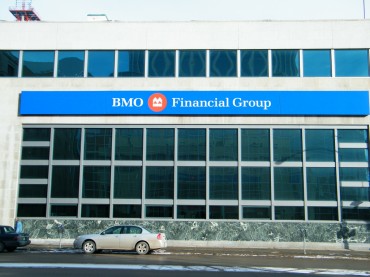
A highly acclaimed renewables programme is building investor confidence in Africa’s economic powerhouse, writes Simon Barber. (image: Loozrboy/ Flickr)
WASHINGTON, June 6, 2014 (Korea Bizwire) – Business leaders surveyed by AT Kearney, the global management consultancy, have more confidence in South Africa as an investment destination than they do in many western European countries and emerging powerhouses like Chile and Malaysia. One reason is Pretoria’s much lauded renewable energy program which in the view of London-based risk analysts IHS has made South Africa “the world’s most attractive country for solar energy” investment.
Since late last year, a growing parade of solar and wind power projects has begun feeding hundreds of badly needed megawatts into South Africa’s national grid. This is the start of a carbon-free energy revolution that will, under current plans, see 42 per cent of all new generating capacity commissioned between now and 2030 — 17 800MW of 42 539MW — fueled by the country’s abundant sun and wind.
Driving the revolution is South Africa’s Department of Energy (DoE) and its groundbreaking Renewable Energy Independent Power Producer Procurement Program (REIPPPP). The department is inviting consortia to bid on the supply of 6 925 MW (equivalent to about 15 per cent of current national capacity) using a range of renewable technologies — primarily solar photovoltaic (PV), which converts sunlight directly into electricity, concentrating solar (CSP), which uses the sun’s rays as a heat source, and wind turbines. Small hydro, landfill gas and biomass are also in the mix, but on a much smaller scale.
Bids are initially being solicited in five rounds, the last of which is scheduled for next year. To be allowed to compete, consortia first have to prove they are fully qualified and financed. The hurdles are high to ensure successful bidders are serious and not engaged in speculation. Evaluation is then based primarily on the price at which the bidders agree to sell kilowatt hours to Eskom under long term power purchase agreements (PPAs). Bidders also score points for local content, job creation and community uplift. The process, wrote Dr Kilian Hageman, a respected player in the the field, was a “blueprint” for Africa:
“The REIPPPP is adjudicated exclusively by very experienced consulting and law firms in a high security environment. Some observers argue that this approach does not build the necessary skills in the long run, but it certainly ensures that the bids are evaluated objectively according to the published rules without running into risks of tender manipulation and fraud.”
Three rounds have been held so far, resulting in 54 deals with an investment value the Department of Trade and Industry’s green economy director Cobs Pillay put at around $10 billion (ZAR 108 billion) in a recent interview with Engineering News. The foreign portion of the funding assembled by successful consortia in round three was just under $1.5 billion, mostly in the form of equity, according to DoE. The fourth round is due for launch in August.
Many of the projects selected in the first round at the end of 2011 are already supplying power to the grid. Among them:
- Two 75 MW PV plants built and operated by Santa Monica-headquartered SolarReserve at Letsatsi in Free State province and Lesedi in the Northern Cape. $586 million was raised for the project. Investors include Hong Kong-based GCL New Energy Holdings, UK-based Old Mutual’s IDEAS Fund, and the Kensani Group out of Cape Town. South Africa’s Rand Merchant Bank helped arrange loans which, under REIPPPP rules, have to be denominated in rands. SolarReserve is also working on a 96MW, $260 million PV facility at Jasper near Kimberly, in which Google has taken $12 million equity stake. The company has said it would bid on two CSP projects. It considers CSP with molten salt heat storage its core technology.
- The 22MW Herbert and 11MW Greefspan PV farms in Northern Cape, built by SunPower of San Jose and owned by AE-AMD Renewable Energy, a joint venture between Spain’s AMDA energy and South African Alt-E Technologies. Old Mutual’s IDEAS Fund is an investor. Sunpower will also be working on an 86MW project awarded to Total, its largest shareholder, in the third bidding round last December.
- Scatec Solar’s 75MW Kalkbulk PV facility near Petrusville in the Northern Cape. Completing the plant ahead of schedule, the Norwegian company was the first REIPPPP preferred bidder to deliver solar power to the South African grid. Investors include Norfund, Norway’s official development finance arm, South Africa’s Standard Bank, Old Mutual and local partner Simacel. Scatec, which has endowed a chair in PV systems at Stellenbosch University, is working on two other solar projects, a 40MW plant near Hannover in the Northern Cape, and a 75MW plant near Burgersdorp in the Eastern Cape. The will employ sun-tracking, as opposed to static, PV panels for a 20 per cent efficiently boost.
- Two 50MW PV plants at near Da Aar and Droogfontein in the Northern, built and operated by Mainstream Renewable Power and Globeleq, a multinational power generation company wholly owned by private equity firm Actis. Also part of the consortium are Absa Capital, Thebe Investment Company and Siemens Energy South Africa.
- A 60-turbine, 128MW onshore windfarm at Jeffreys Bay, built by the same Mainstream-led consortium. In a subsequent round, Mainstream and partners won the right to install a further 360MW of wind capacity at other sites. The company says its project pipeline in South Africa now totals 5 GW of renewable energy.
Eighty per cent complete, according to Engineering News, are two CSP facilities the Spanish sustainable energy company Abengoa is developing with South Africa’s Industrial Development Corporation and a local community trust. Kaxu Solar One is a 100MW parabolic solar trough facility near the Northern Cape village of Pofadder. Khi Solar One is a 50MW superheated steam solar tower near Upington in the same province. Abengoa has successfully bid to build a third CSP plant, Xina Solar One, which is expected to reach financial close by the end of this month. CSP technology has the advantage over PV of being able to store heat to generate power during peak periods when the sun is not shining.
With each bidding round, the average price winning consortia have asked for their electricity has fallen significantly — from $0.28 per kWh for PV in round one, to $0.09 in round three at today’s exchange rate, and from $0.12 per kWh to $0.07 for wind. This is only fractionally higher than Eskom’s current average cost for generating power from coal and that is before coal’s externalities — in the form of carbon emissions and water consumption — are accounted for. Analysts expect Eskom’s conventional generation costs to rise faster than inflation as its two new baseload stations, Medupi and Kusile come on line.
Source: Brand South Africa US (via PR Newswire)







